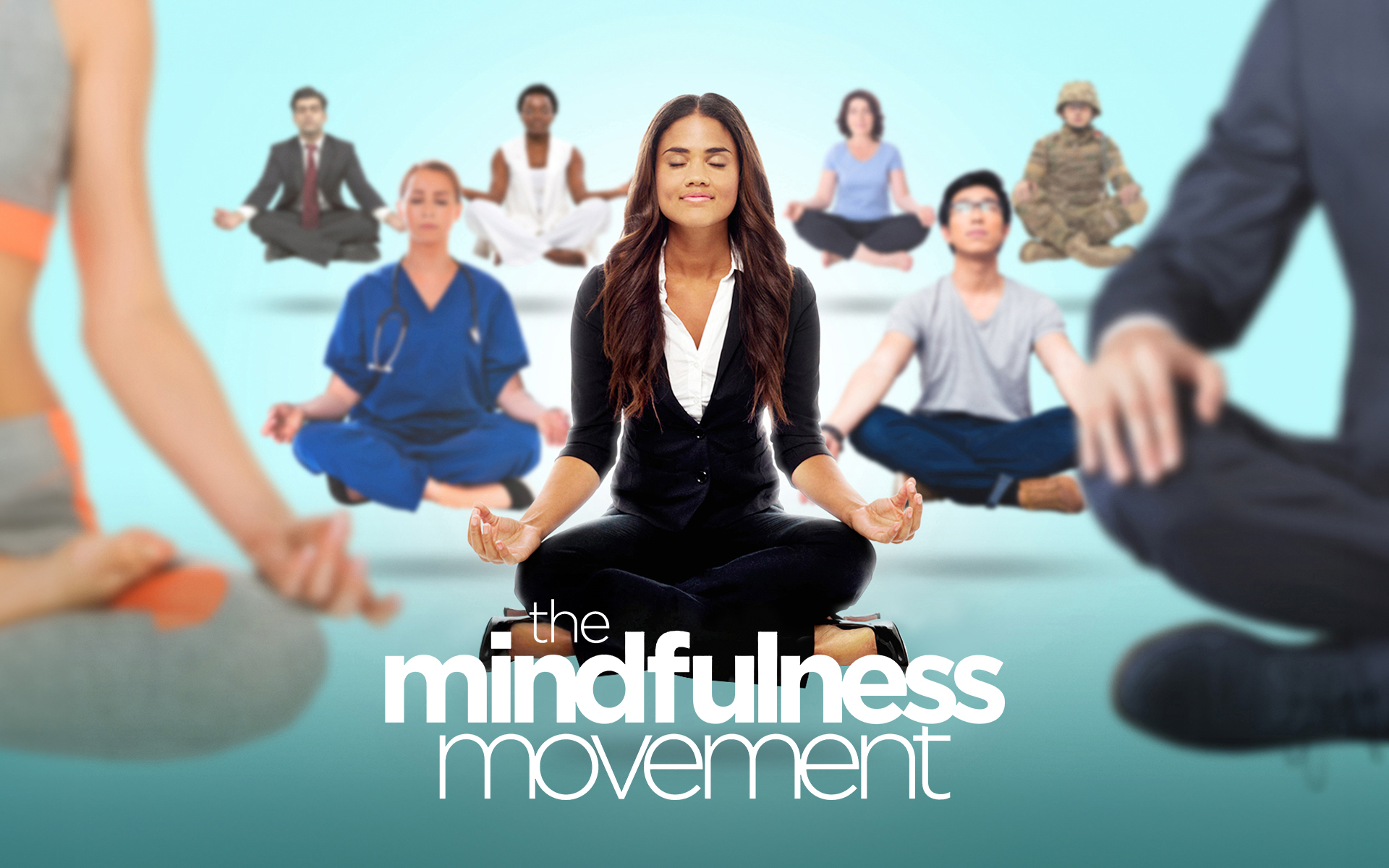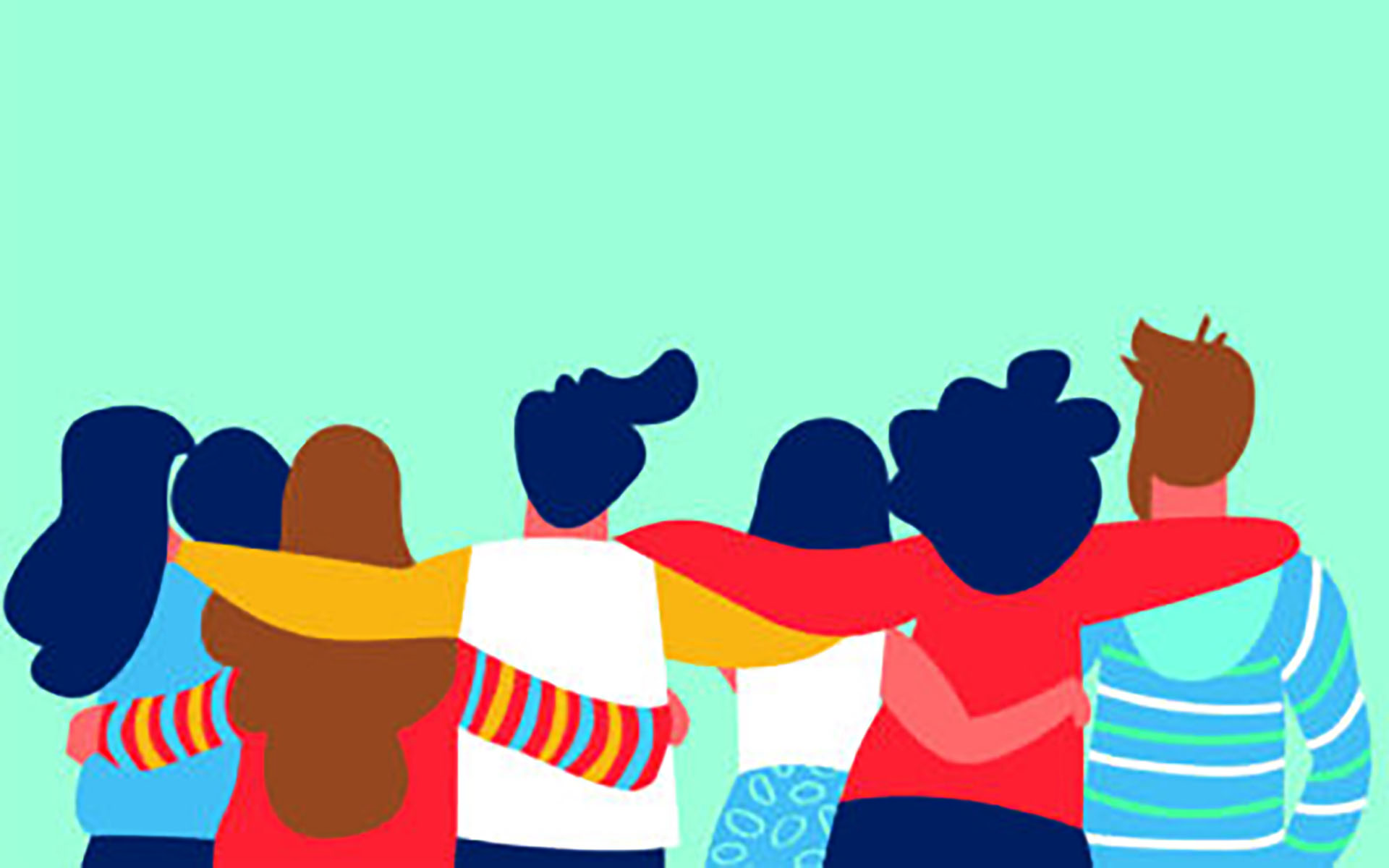I’m on the road as I write this, on the second stop of a five-city tour to learn first hand what’s going on with mindfulness in the world. It’s a great part of my job, catching up with old friends who’ve been leaders in the field for years, while also meeting new folks who are launching fresh, inspiring initiatives.
This is one of the ways we here at Mindful keep up with what’s happening, and it’s part of the unique role we play. We’re the ones whose job it is to see the overview. We learn about the wide range of initiatives, and from that patterns and themes emerge. Seeing those patterns helps Mindful figure out what stories to tell, what initiatives to focus on, and in general how best to help.
So far the themes I’m hearing on this trip aren’t particularly new, but they’re important. People are talking about how there’s lots of excitement about mindfulness practice in the beginning but it’s hard to get people to continue. Some folks are talking about “minimum effective dose” so it’s easier to get people into practice. Everyone agrees that apps are popular and easy to start with but the drop off in engagement is steep. And people are worried that so many are overstating benefits from scientific research.
No big surprises here, but it’s good to be reminded about the questions and challenges we’re all working on. And, more importantly, the Mindful Foundation projects I mentioned in my first blog—like the Annual Survey and broadcast TV series—arise in response to the needs we’ve been hearing about from the field.
Take the Mindful Cities project, for example. We didn’t just make up the list of what makes one city more mindful than another—we just started responding to some of the great initiatives we learned about. The folks in Flint, Michigan started a mindfulness program to help build resilience in an American heartland town hard bitten by closing industries and the disastrous water crisis. The folks in Jackson, Wyoming are talking about a project to bring in mindfulness as one part of a robust civic leadership training program to ensure a flourishing city into the future.
It’s an honor to be the eyes and ears for all that’s happening in the mindfulness world nowadays, to figure out which trends to support and the best way to do so. And we get to help from some unlikely places. I’d like to share one from this trip.
Two days ago I was driving in five lanes of the heavy downtown traffic, heading home after a long day. My brain was processing all that I’d heard, looking for the patterns. What was the message here?
As I came to a stop just after turning the corner, I locked eyes with the motorcycle police across the street.
Just then I realized I missed the exit lane for the right turn I needed to make, winding up instead at a red light at the corner. The two cars ahead, obviously in the same boat, turned right at the light to rejoin the traffic, right in front of the “No Right Turn” sign. These are local folks, I figured, they know what they’re doing. So I followed them.
As I came to a stop just after turning the corner, I locked eyes with the motorcycle police across the street. He very slowly pulled closer, pointed his motorcycle right at me, and stopped just 10 feet from my door.
“Did you see the sign?” he asked in a thoroughly expressionless monotone. Fearing a ticket, I replied, “I just followed the traffic, officer. I’m from out of town, I figured these local folks were doing it.”
Without raising his voice or moving a muscle on his face, he looked at me and said, “Don’t follow the traffic, follow the signs.” Then, with an unwavering focus he repeated at least 5 times, “Don’t follow the traffic, follow the signs. Follow the signs. Follow the signs.”
Now, my friends will tell you that I don’t have much patience for the “message from the universe” stuff, but this event took on a whole ‘nuther significance, way beyond the usual warning from a traffic cop. It was a great reminder, and I’m doing my best to understand and integrate it. Maybe you’ll find it helpful too.
Don’t follow the traffic. Follow the signs.






